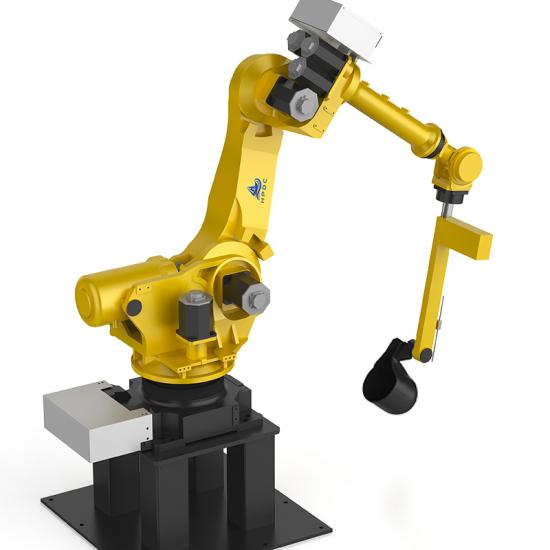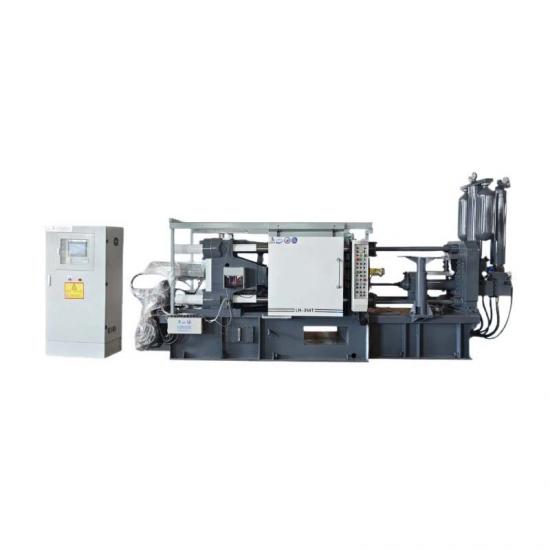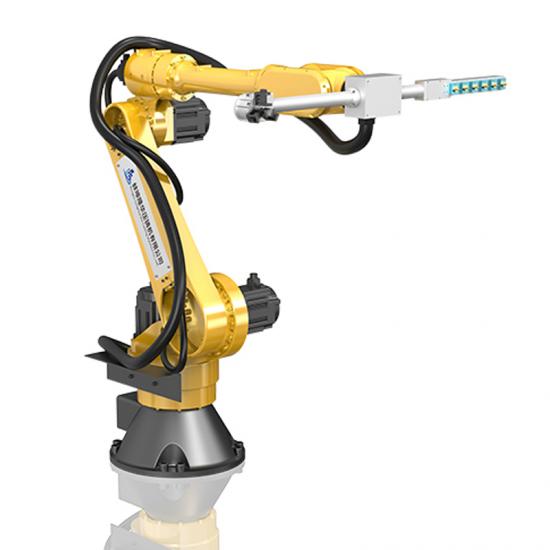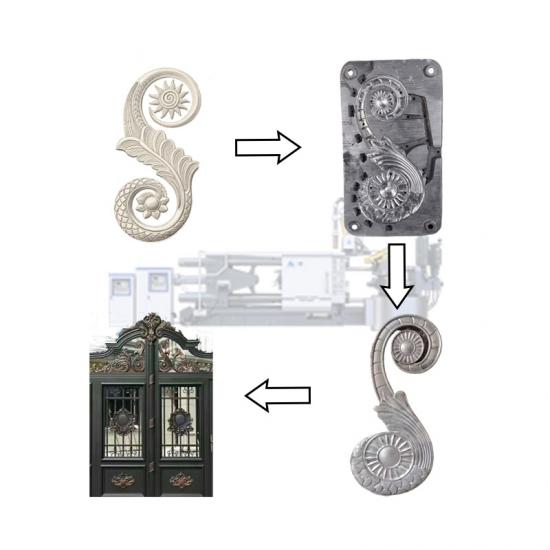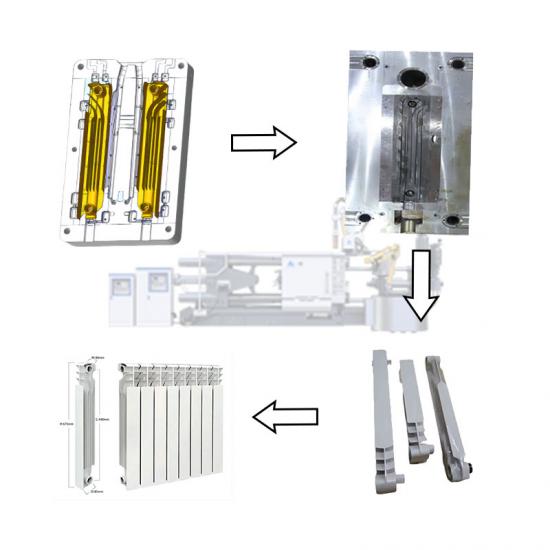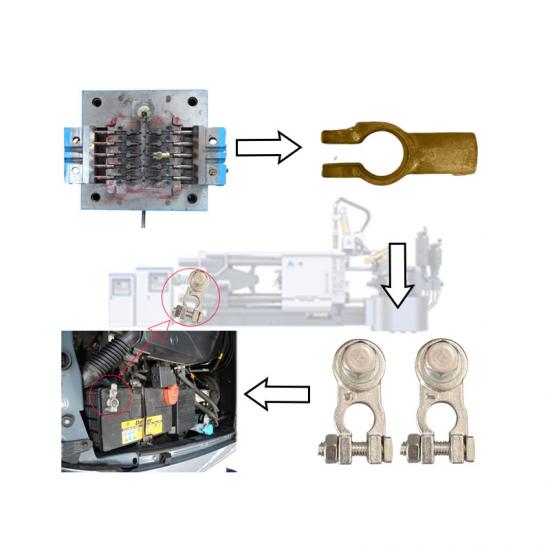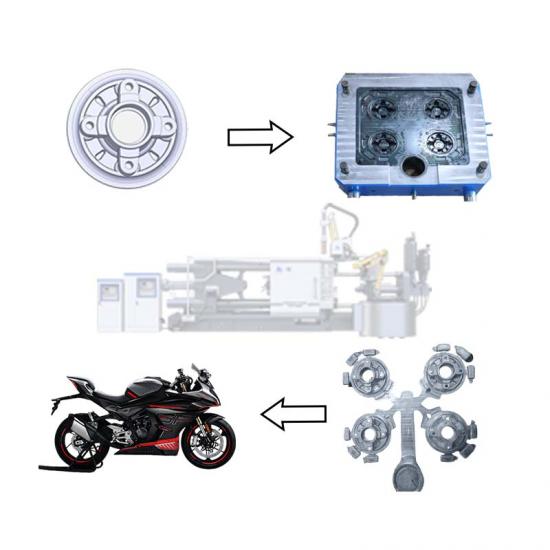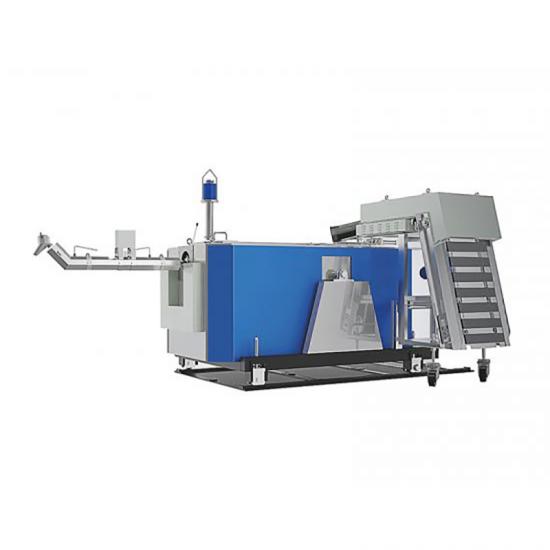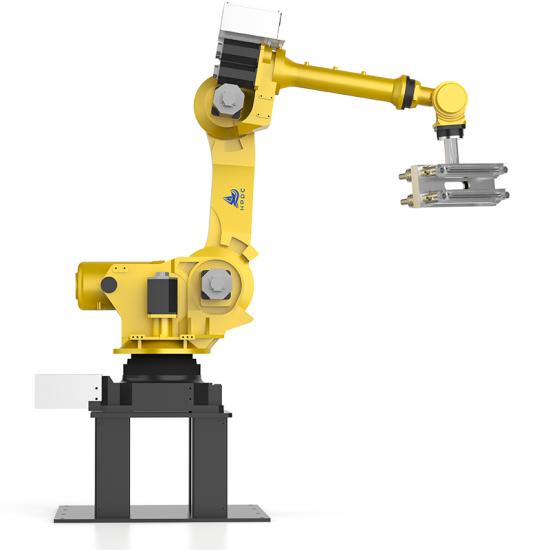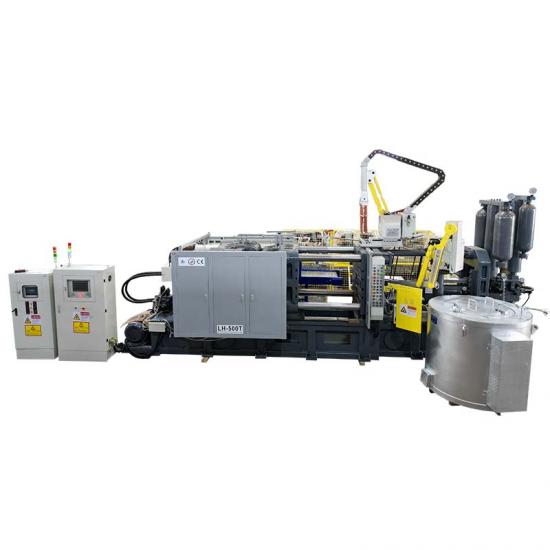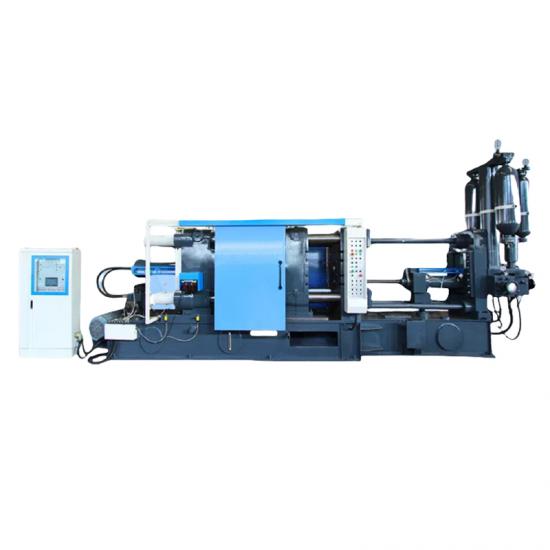1. Consider the injection pressure: there are fast pressure, filling, pressurization, and pressure holding stages, and the functions are different. The piston makes the molten metal enter the cavity at a slower speed until the cavity is filled.
Pressure holding stage: The injection punch transfers the pressure to the cavity through the solidifying remaining material and the metal in the intersection part, so that the solidifying metal is crystallized under pressure, so as to obtain a densely structured casting. The length of the pressure holding time is mainly Determined according to the characteristics of die-casting alloy, casting wall thickness, pouring system and other conditions;
Cooling stage: refers to the period from the end of pressure holding to the ejection of the casting during the die casting process. 2. Filling time: adjust the die casting filling time according to the shape of the product, the degree of wall thickness, etc.
2. The role of several important parameters in the die-casting process of the die-casting machine.
We can find that the following parameters are of great significance to the quality of the casting: The time that the alloy liquid stays in the molten cup. The speed of the punch or the acceleration of the punch during the start of the punch in the first injection stage. The transition point from the first injection stage to the second injection stage, that is, the displacement stroke of each injection stage. The acceleration time and filling time of the punch in the mold filling process (the second stage). The pressurization pressure and pressurization time of the liquid metal in the mold cavity after the filling is completed. The condensation time of the casting in the mold cavity. The main die casting process specifications derived from the above parameters include slow injection speed, high speed (mold filling process), speed conversion position, boost pressure, and cooling time. The slow injection speed needs to be controlled in order to prevent the alloy liquid in the molten cup from tumbling and the alloy liquid temperature drops too much. At present, the more advanced control method is 9-stage slow speed control, which can simulate the uniform acceleration movement and roll the pressure chamber. The possible reduction of qi is the lowest. The high-speed speed is also called the secondary speed. It is the speed of the punch during the mold filling process. Its control is to ensure a good metal atomization fluid state at the inner gate during the mold filling process. The recommended data can be consulted according to the casting structure and wall thickness, and then converted into the movement speed of the punch according to the gate size and the size of the pressure chamber. The speed switching position, also called the second fast switching position, means where the punch starts to accelerate. It accelerates when the molten cup is completely filled, or when the alloy liquid reaches the gate, and even more in the cavity. Accelerate only after filling a part, this must be adjusted according to the characteristics of the product and the defects generated in the production to determine whether the acceleration position is appropriate. There are four parameters for supercharging that need to be controlled,
One is the start position of pressurization,
The second is the pressure building time,
The third is the holding time,
The fourth is the size of the boost pressure. Cooling time, that is, the time that the casting stays in the cavity after the pressurization, mainly prevents the casting from not completely solidifying and opening the mold, and ejecting deformation, in addition to efficiency problems.












